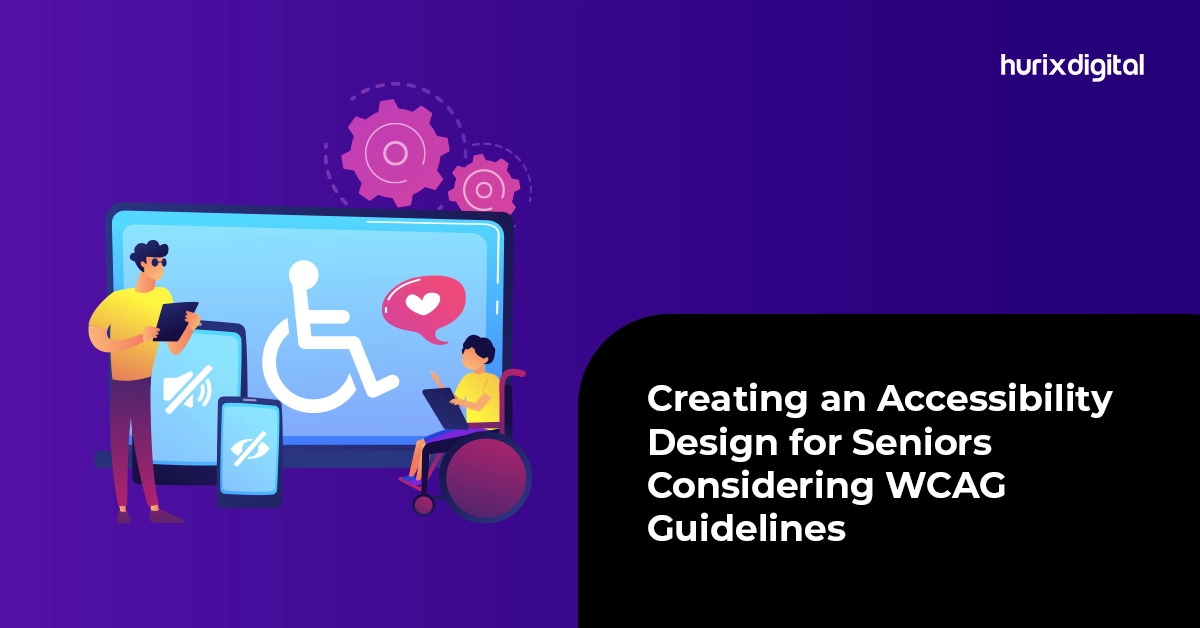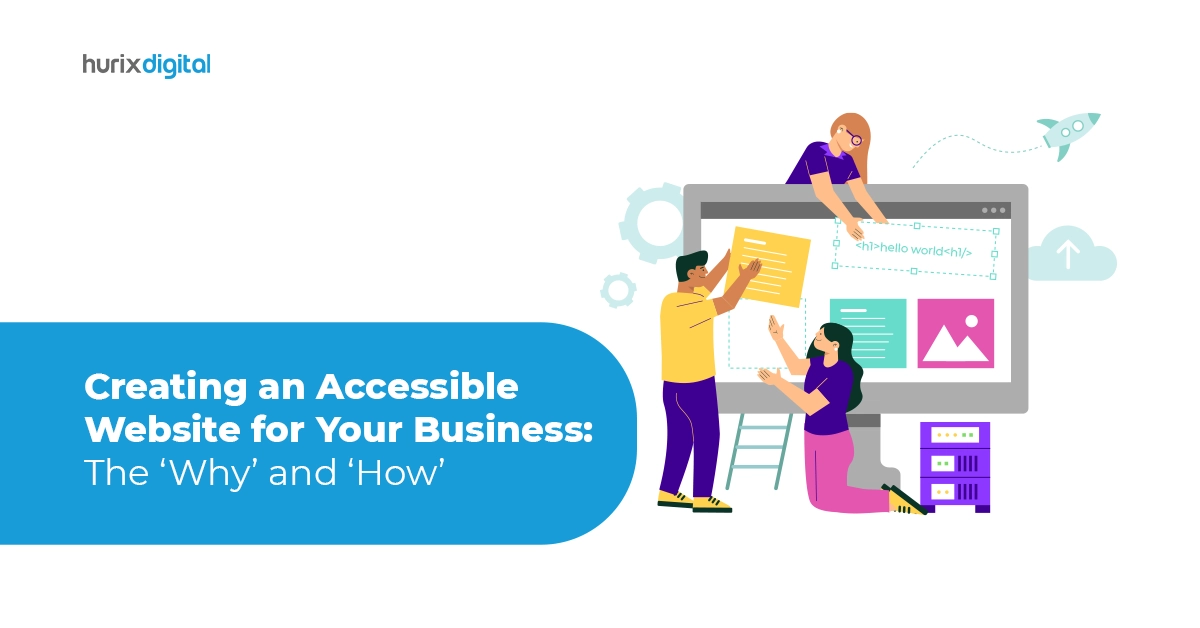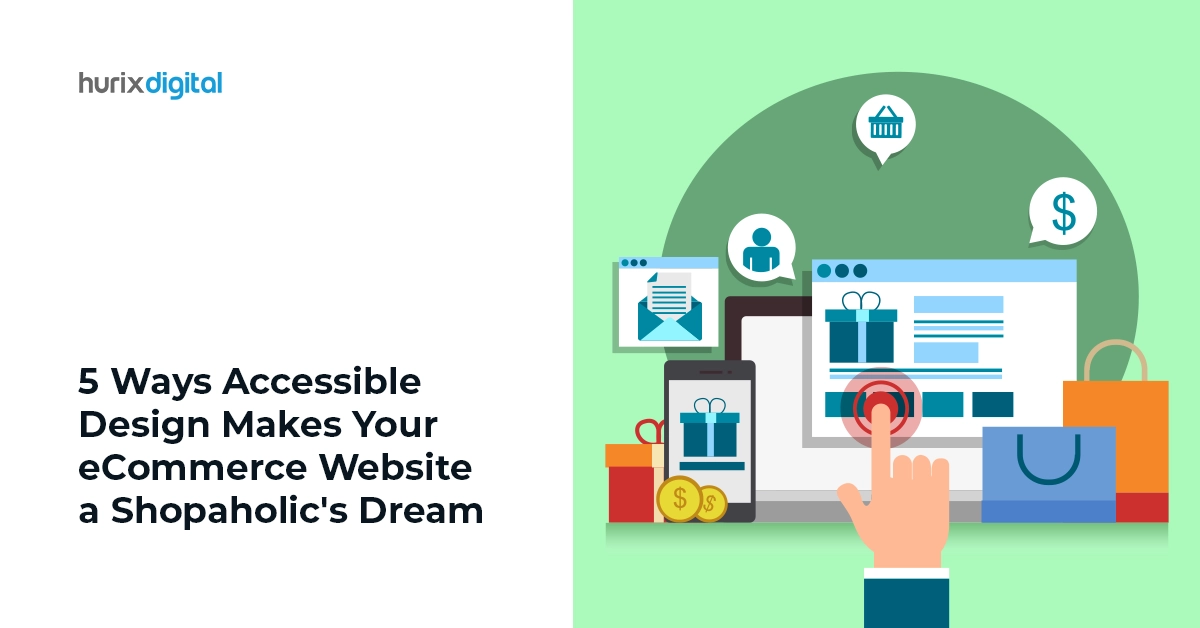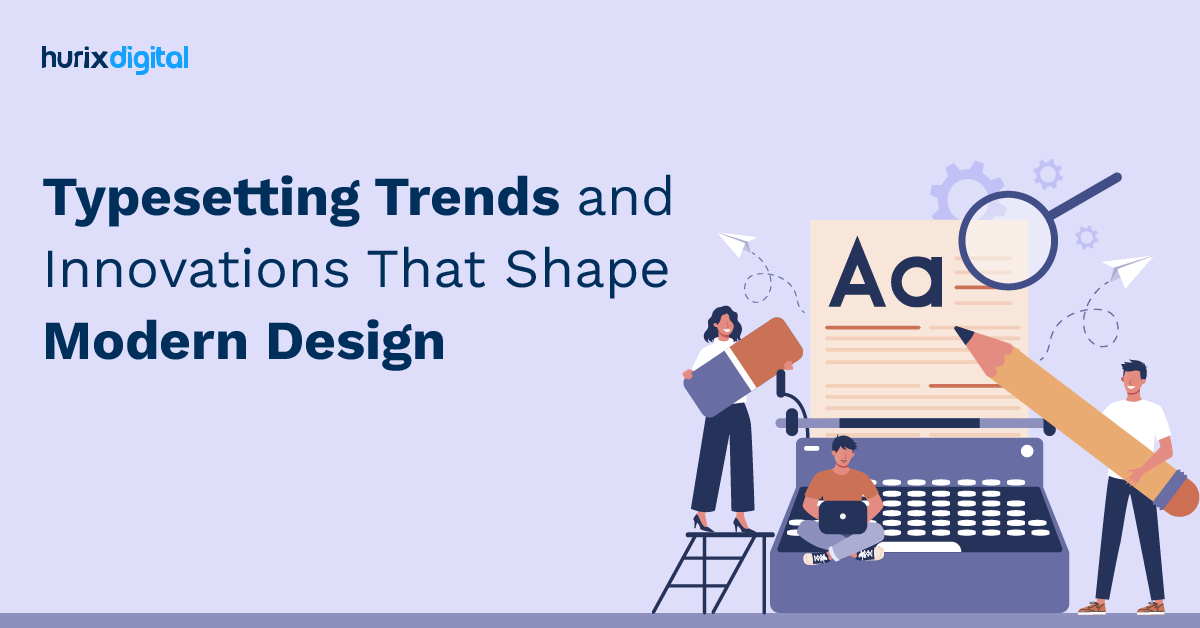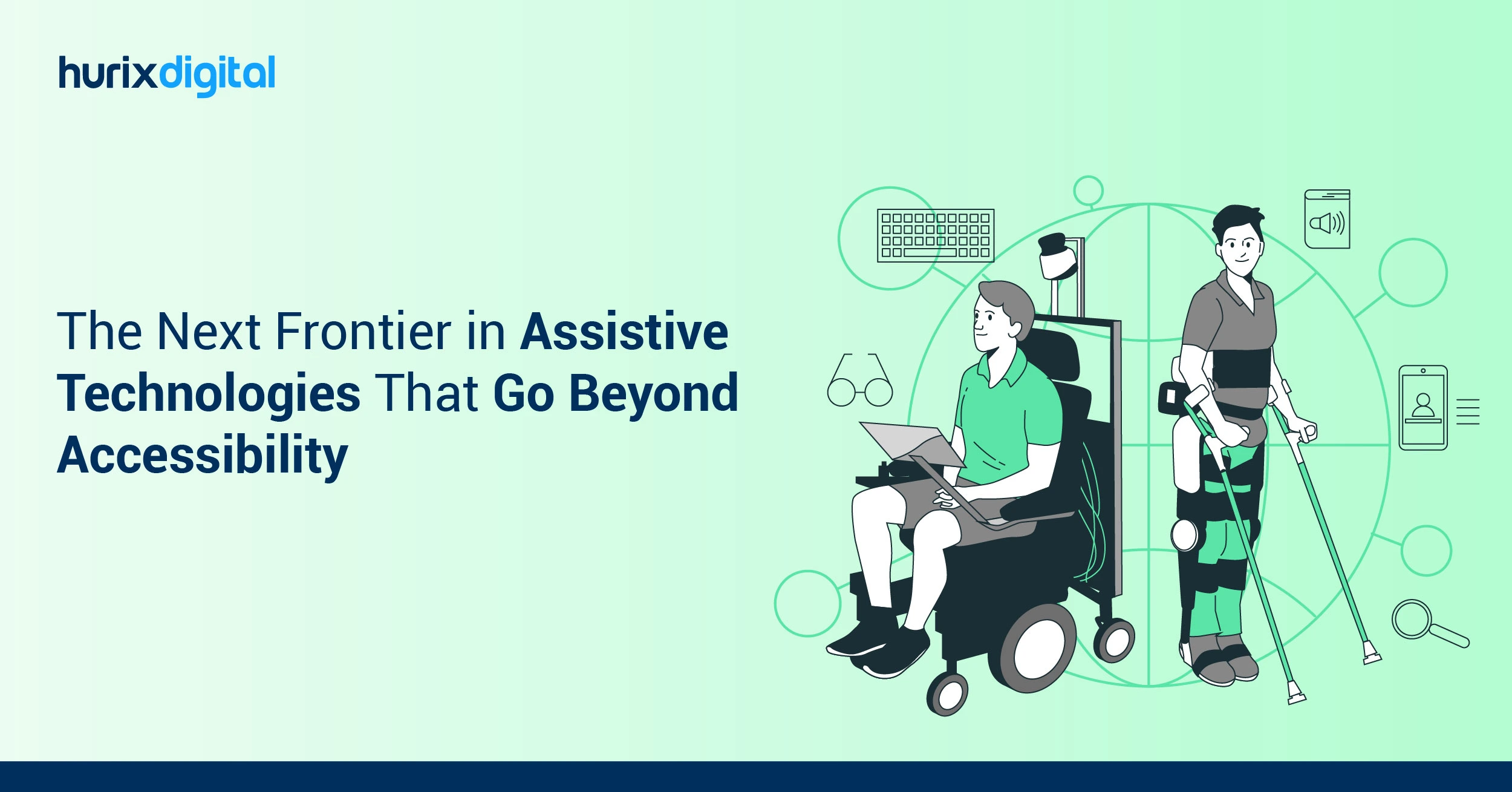
The Next Frontier in Assistive Technologies That Go Beyond Accessibility
Summarize with:
When discussing web accessibility, screen readers often come to mind as a crucial tool for individuals with visual impairments. However, the world of assistive technologies extends far beyond screen readers, offering innovative solutions that enhance accessibility and create inclusive experiences for all users.
Assistive technology is reshaping the overall learning method and works best as disability support. According to a report by Coherent Market Insights, the global market size of assistive technology is set to reach $32.25 BN by 2030. The major reasons behind this rise are the rising geriatric population and technological advancements in disability support.
In this blog post, we will discuss the future of assistive technologies and their extensive effect on how we perceive accessibility.
Table of Contents:
- Understanding Assistive Technologies
- Importance of Inclusive Design
- Latest Accessibility Solutions You Can Look At!
- The Impact on User Experience
- Embracing Accessibility Advancements
- Future Trends in Assistive Technologies
- Conclusion
Understanding Assistive Technologies
Assistive technologies encompass devices, software, or tools that help individuals with disabilities overcome challenges and perform tasks they might find difficult otherwise. These technologies bridge the gap between disability and accessibility, empowering individuals to navigate the digital world effortlessly.
They range from simple aids like screen readers and magnifiers to more advanced solutions like augmented reality and artificial intelligence-driven systems, providing many options.
These assistive technologies benefit countless individuals. They empower people with disabilities to communicate, access information, engage in education and work opportunities, and participate in social and cultural activities. These technologies strive to promote equality, independence, and empowerment and foster a sense of inclusion.
Importance of Inclusive Design
Inclusive design lies at the heart of technology. It focuses on creating products and experiences that are accessible and usable for people with abilities. In inclusive design, the needs of users are taken into account from the start of the design and development process. By embracing design principles, technology can be customized to cater to a range of users, ensuring equal access and a seamless user experience for all individuals.
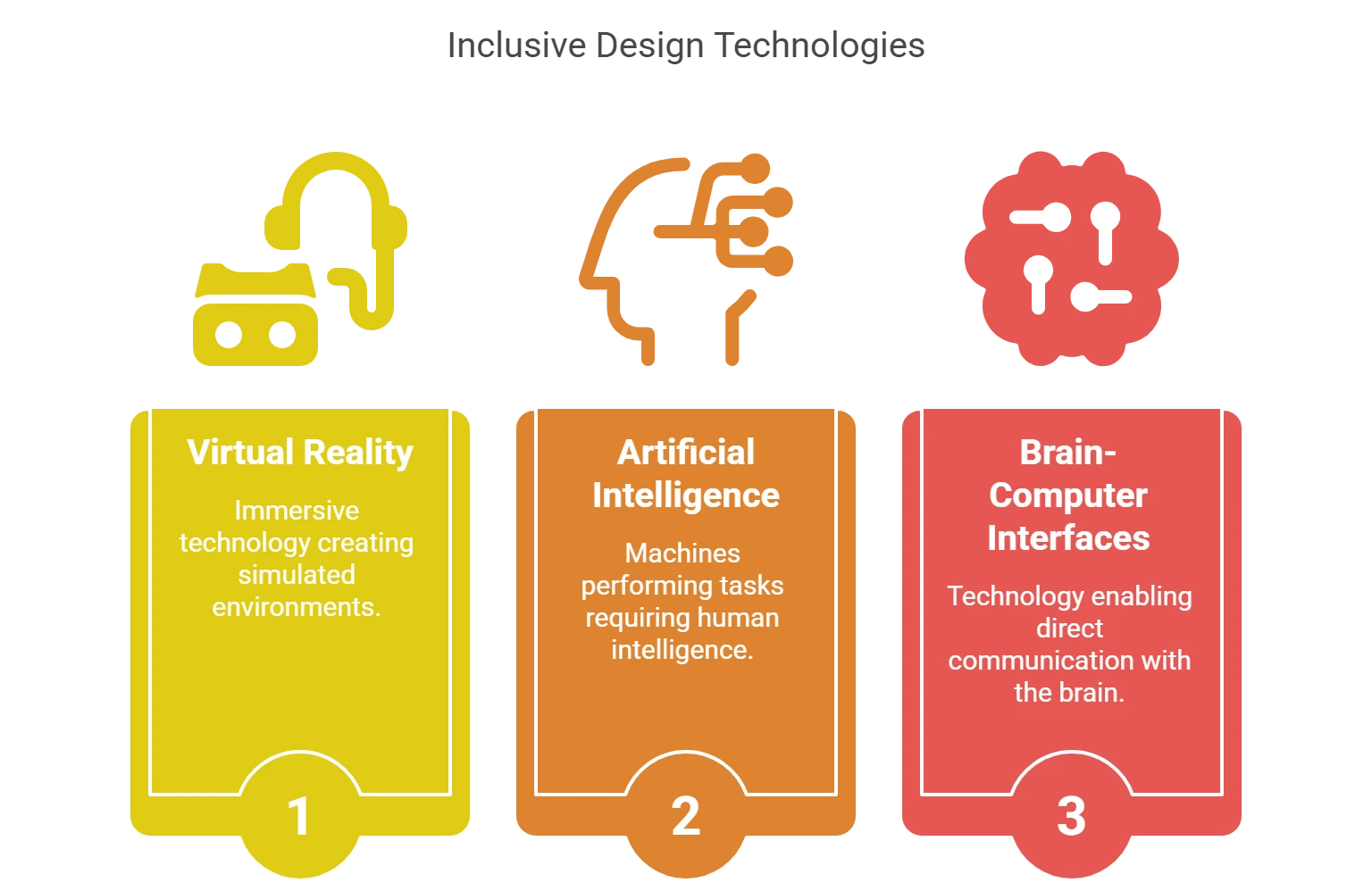
Empathy and understanding form the foundation of design. Designers and developers must actively engage with individuals who have disabilities to gain insights into their challenges and requirements. By involving users throughout every stage of the design process, technology creators can gather feedback that helps shape effective and user-friendly solutions.
Inclusive design begins with empathy and understanding. To gain insights into individuals with disabilities’ unique challenges and requirements, designers and developers must actively engage with them. By involving users throughout the design process, technology creators can gather valuable feedback that informs the development of more effective and user-friendly solutions.
AR technology takes digital information to the real world, enhancing the user’s perception and interaction with their surroundings. Regarding accessibility, AR can offer real-time visual cues, navigation assistance, and object recognition, benefiting individuals with visual impairments or mobility challenges. For instance, AR glasses can provide audio descriptions of surroundings to assist individuals with visual impairments in navigating unfamiliar places.
1. Virtual Reality (VR)
VR immerses users in a simulated environment, presenting endless possibilities for accessibility. VR can create inclusive experiences by enabling individuals to virtually explore otherwise inaccessible locations, practice real-life scenarios, or engage in immersive learning environments tailored to their needs. VR therapy apps have been giving people with anxiety a new sense of hope. When it comes to stress disorders, one of the most promising alternatives has been through this new method. Being able to immerse in virtual reality has helped people tackle their phobias and anything else that may be bothering them.
2. Artificial Intelligence (AI)
It’s now possible for machines to do many of the same things humans can. Assistive technologies are being transformed by AI, making tasks easier and more efficient by the day. AI-powered systems enhance accessibility through voice recognition, natural language processing, and predictive algorithms that adapt to users’ needs. It makes technology more intuitive and personalized for individuals. For example, AI-driven virtual assistants can offer voice-controlled support designed specifically for individuals with motor impairments.
Wearable devices, such as smartwatches or hearing aids, have advanced their capabilities to provide assistance and enhance accessibility. They offer immediate feedback, monitor vital signs, or deliver personalized alerts and notifications. Furthermore, these technologies can support autistic individuals by providing real-time social cues and tailored prompts.
3. Brain-Computer Interfaces (BCIs)
BCIs establish a direct communication pathway between the brain and external devices. These interfaces hold immense potential for individuals with severe physical disabilities, such as those with locked-in syndrome. BCIs empower users to control assistive technologies, including prosthetic limbs or communication devices, using their thoughts.
Latest Accessibility Solutions You Can Look At!
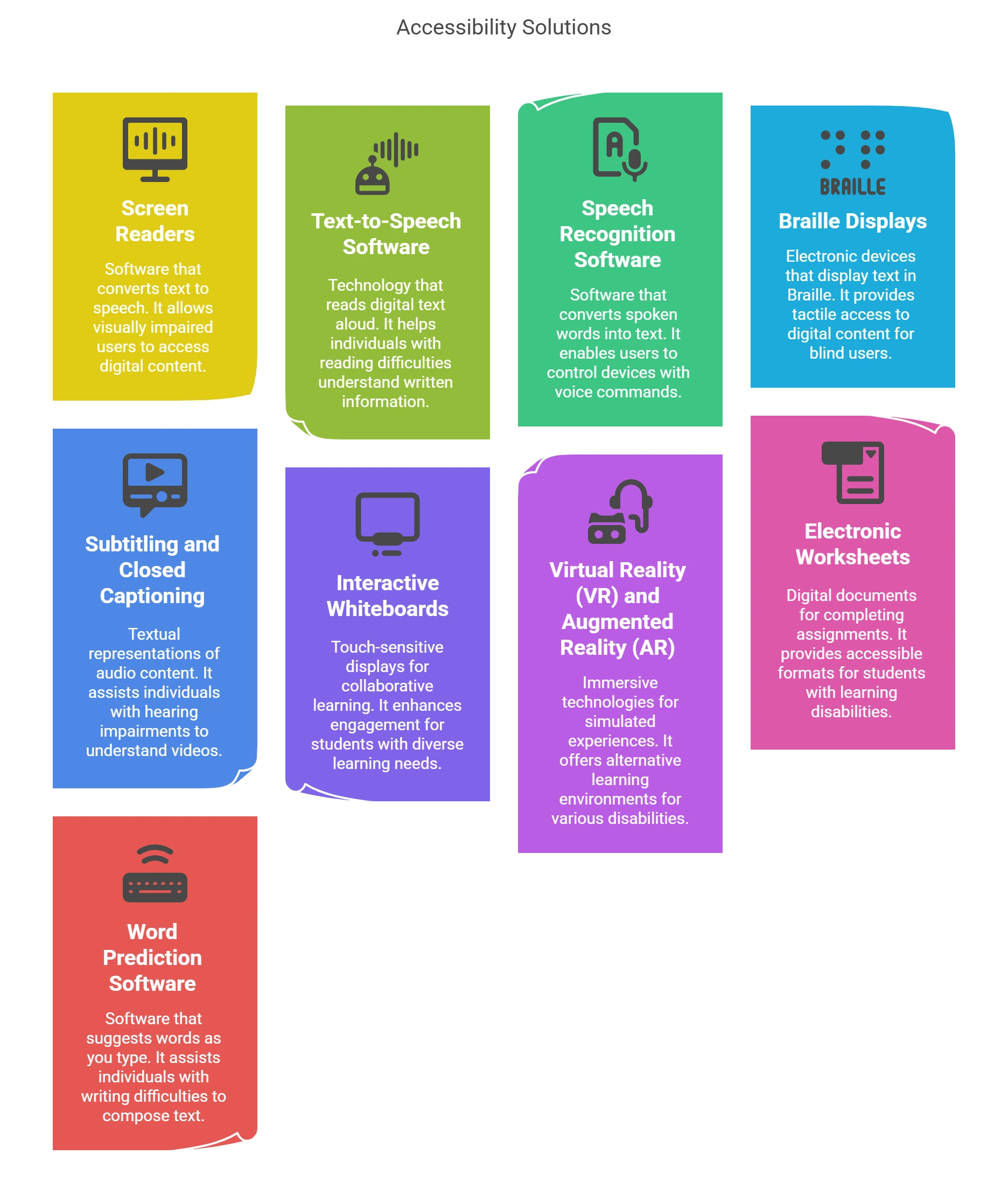
Addressing barriers and adopting enhanced accessibility tools will help reshape the overall lives of people with disabilities. Some key digital assistive technology devices for a better approach are:
1. Screen Readers
This visual disability support solution converts written digital content into synthesized speech and facilitates accessibility for individuals with visual impairments. Screen readers empower users to navigate and comprehend digital information by audibly conveying text from websites, documents, or applications. This essential tool ensures that those with visual challenges can actively engage with various online resources, nurturing inclusivity.
2. Text-to-Speed Software
This technology transforms written digital text into spoken words and benefits individuals with dyslexia or reading difficulties. Text-to-speech software increases the level of comprehension and learning for those facing challenges in processing written information. This adaptive tool facilitates easier access to content and promotes inclusivity by accommodating diverse learning styles and abilities.
3. Speech Recognition Software
Catering to individuals with mobility impairments, speech recognition software allows users to control computers and compose text through spoken commands.
By harnessing voice input, this technology enables hands-free computer interaction and enhances accessibility for those with limited motor skills. Whether navigating applications, browsing the web, or generating written content, such adaptive devices empower individuals to engage with digital learning platforms independently.
4. Braille Displays
Braille displays offer a tactile interface to digital content. These devices convert electronic text into Braille scripts, allowing users to feel and interpret information through touch.
Such displays work as adaptive devices, providing an essential bridge between the digital and tactile worlds. By integrating with computers and other devices, they facilitate effective communication for those with visual and hearing impairments.
5. Subtitling and Closed Captioning
Closed captioning and subtitling help students with hearing disabilities understand audiovisual content better. These features provide a text-based representation of spoken dialogue to ensure that individuals with hearing challenges. They can conveniently follow and comprehend videos, movies, and online multimedia. It promotes equal participation in a learning institution for all students by offering an inclusive viewing experience.
6. Interactive Whiteboards
Interactive whiteboards promote inclusivity by engaging students of all abilities and transforming traditional classrooms. These digital tools facilitate collaborative learning experiences by empowering disabilities and allowing the creation of dynamic and interactive lessons.
Students with diverse learning needs can actively participate by manipulating content on the whiteboard and enhancing their understanding of concepts. Interactive whiteboards thus contribute to a more inclusive environment by encouraging collaboration, creativity, and accessibility for all learners.
7. Virtual Reality (VR) and Augmented Reality (AR)
AR and VR technologies provide immersive and experiential learning opportunities for students with specific learning issues.
These tools benefit students with diverse learning needs by providing virtual environments that cater to various objectives. From virtual field trips to simulated science experiments, AR and VR enhance understanding and engagement.
8. Electronic Worksheets
Electronic worksheets provide interactive platforms for practicing and learning subjective concepts. For instance, specifically designed math worksheets aid students with dyscalculia. These tools offer customizable features and allow users to adapt to the interface based on individual needs. Incorporating visual aids, step-by-step guidance, and interactive elements, such worksheets assist students in overcoming obstacles in mathematical comprehension.
9. Word Prediction Software
Word prediction software enhances writing by offering real-time suggestions as users type. This adaptive tool predicts and displays potential words or phrases and helps students improve spelling, grammar, and overall writing efficiency. Particularly beneficial for students with learning disabilities, word prediction software provides more independence in writing tasks and makes composition processes more inclusive.
The Impact on User Experience
The integration of assistive technologies into the digital landscape significantly improves user experiences. By removing barriers and providing tailored support, these technologies empower individuals with disabilities to engage and participate fully in various online activities. From seamless navigation to personalized content delivery, assistive technologies enhance usability, productivity, and overall satisfaction for users of all abilities.
Furthermore, the positive impact of assistive technologies extends beyond the individuals using them. Inclusively designed products benefit all users, providing more user-friendly interfaces and streamlined experiences. Inclusive design principles can inspire innovation and creativity, spurring the development of solutions that address diverse needs and preferences.
Embracing Accessibility Advancements
As the future unfolds, the potential for assistive technologies to transform accessibility is immense. However, for these advancements to have a meaningful impact, collaboration between technology developers, designers, and disability communities is crucial. We’re essentially entering a new era where we have all the tools to make a world that is accessible and inclusive for everyone. By using inclusivity design principles, conducting research with users, and actively seeking feedback, we can achieve this.
In addition, it’s important to make digital accessibility a core value in corporate and organizational strategies. Businesses can drive positive change and lead the way for others by doing this. This involves encouraging the development and adoption of assistive technologies.
Future Trends in Assistive Technologies
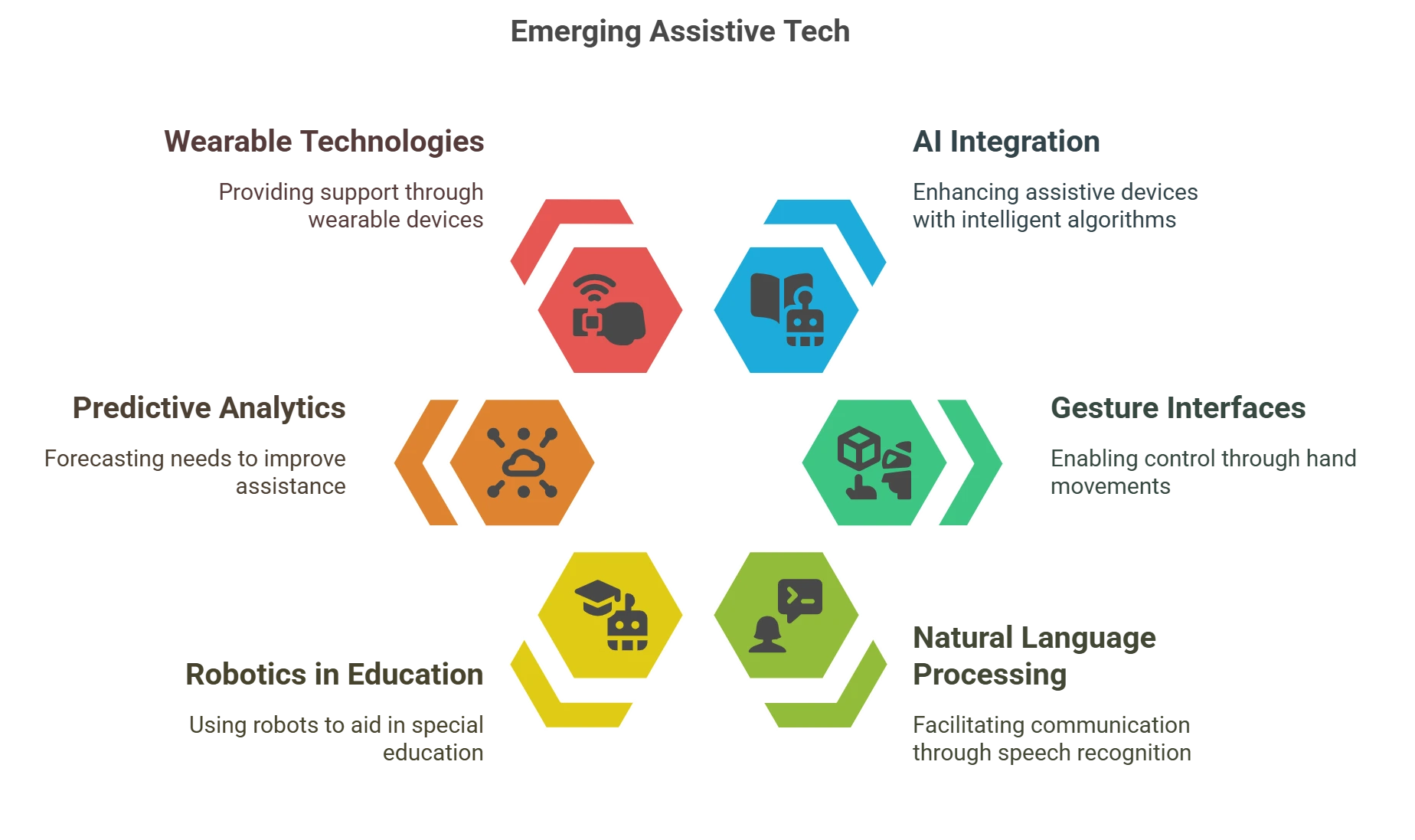
These technological advancements in disability support to make the world fair for all will witness more enhancements. The following future trends in assistive technology will further reshape this domain:
1. Artificial Intelligence (AI) Integration
AI-integrated assistive technologies will play a significant role in inclusivity. Smart algorithms can adapt to individual learning styles, offer personalized assistance, and adapt in real-time.
2. Gesture-based Interfaces
Advancements in gesture recognition technology may lead to more interactive and intuitive interfaces for assistive devices for daily living. This can benefit students with mobility challenges by providing a hands-free and engaging interaction with digital content.
3. Natural Language Processing
Enhanced natural language processing capabilities will facilitate improved communication and interaction for students with speech and language disabilities. Voice-controlled interfaces and language translation features can enhance accessibility for students with learning and physical disabilities.
4. Robotics in Special Education
The use of robots as educational aids is gaining traction. Social robots can provide individualized support and assist students with autism or other social interaction challenges in developing crucial social skills.
5. Predictive Analytics
Predictive analytics designed using machine learning can help identify learning patterns and potential challenges. These analytics will allow educators to identify learning disabilities early and provide targeted support to students with learning disabilities.
6. Wearable Technologies
Wearable devices tailored for special purposes may become more prevalent. Such technologies include smart glasses, haptic feedback devices, or other wearables designed to enhance accessibility for students with sensory or motor impairments.
Conclusion
Innovative assistive technologies related to digital content accessibility have made tremendous strides in ensuring that individuals with disabilities can access and engage with digital information on equal terms. Beyond screen readers, these technologies, including TTS software, closed captioning, sign language interpretation services, digital Braille books, accessible PDFs, and voice commands, play a pivotal role in creating a more inclusive digital landscape.
Hurix Digital, a leading digital solutions provider, is committed to promoting digital content accessibility through innovative technologies and services. Our dedication to accessibility aligns with our vision of creating a more inclusive and equitable digital world.
Get in touch with Hurix Digital now!
Summarize with:

Vice President – Content Transformation at HurixDigital, based in Chennai. With nearly 20 years in digital content, he leads large-scale transformation and accessibility initiatives. A frequent presenter (e.g., London Book Fair 2025), Gokulnath drives AI-powered publishing solutions and inclusive content strategies for global clients
 Upcoming Masterclass | Build an Army of Brand Evangelists using Training & Development | November 20th, 8:30 AM PDT | 11:30 AM EDT | 10:00 PM IST
Upcoming Masterclass | Build an Army of Brand Evangelists using Training & Development | November 20th, 8:30 AM PDT | 11:30 AM EDT | 10:00 PM IST

